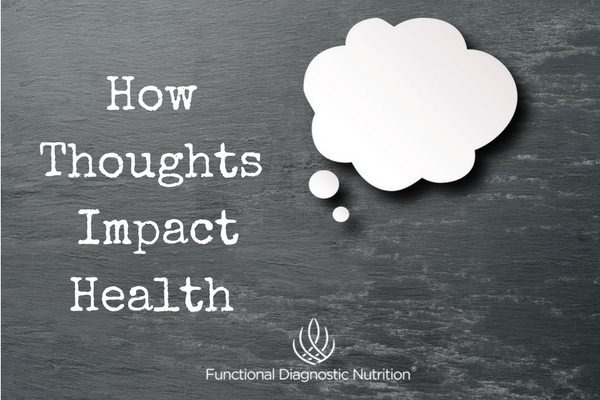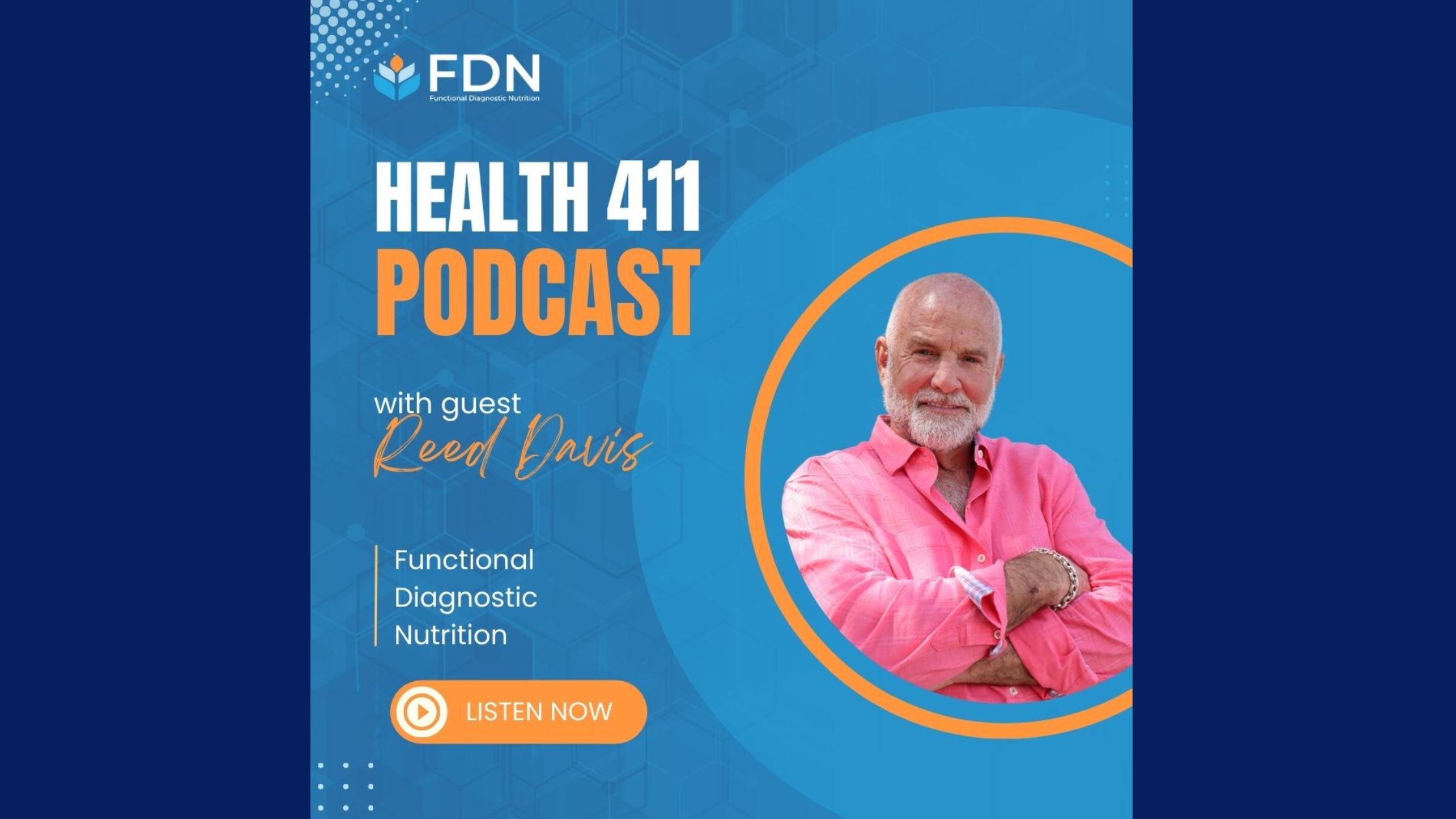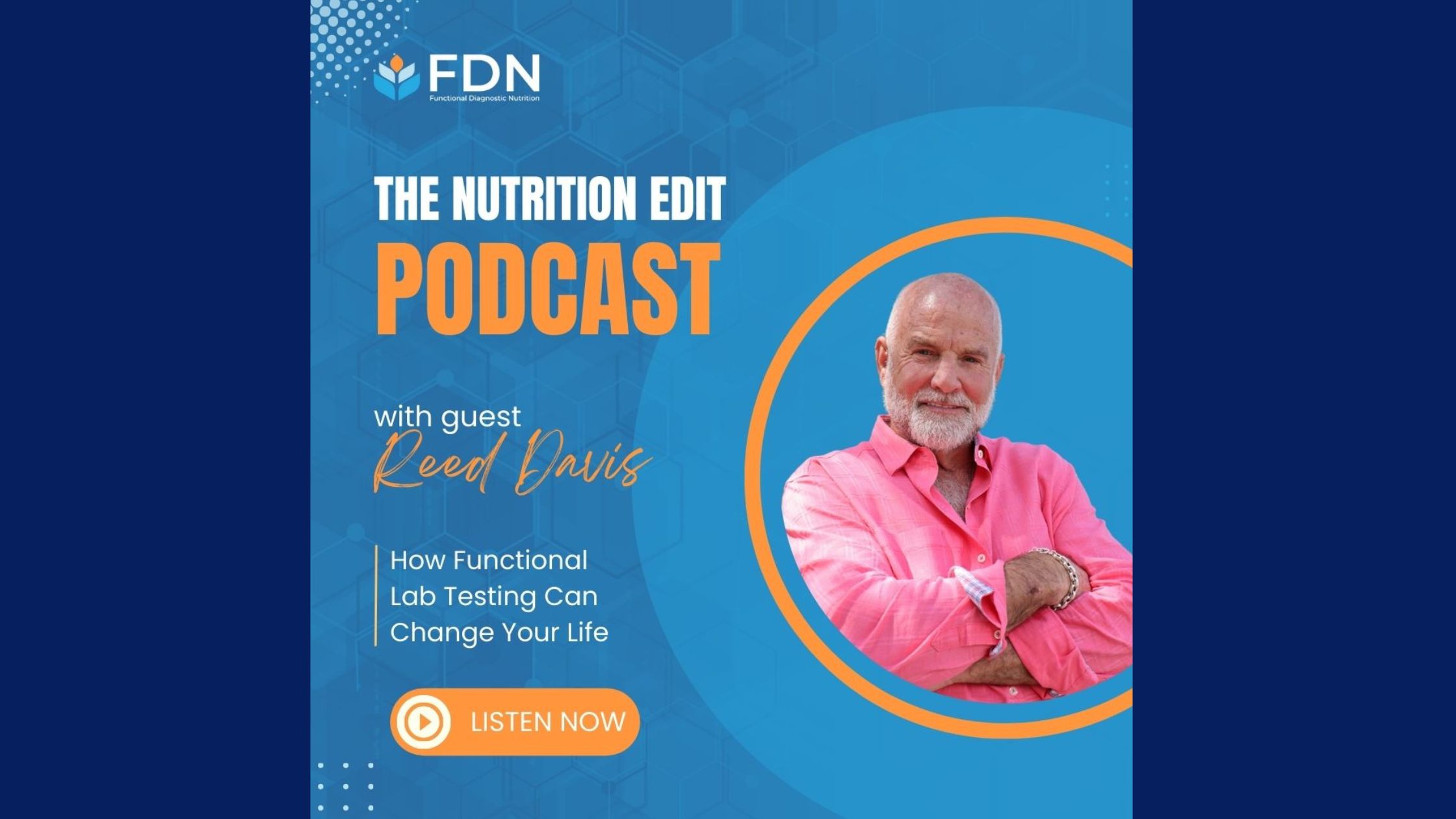If you were to talk to the average person on the street about what they would focus on to be healthy, most would say diet and exercise. And as health practitioners we know that yes, diet and exercise most definitely should be a part of a healthy lifestyle or healing protocol. But few recognize the connection between thoughts and how they can either boost health or contribute to a decline in health. Thoughts impact health, so how do we use that effectively in a healing protocol to help our clients?
How do thoughts affect health?
Throughout every minute of every day, the body is responding to the thoughts that go through a person’s head. When a person has a thought, there is a corresponding reaction in the body based on what type of thought has just occurred. That thought elicits an emotion and the body responds by releasing neurotransmitters and hormones in accordance with the thought and emotion that were experienced.
For instance, if someone thinks about a thoughtful gift that they received unexpectedly and experiences a feeling of gratitude, their body will signal the release of neurotransmitters such as dopamine and reward centers of the brain will become more active. The brain will become sharper and they will feel better. Those people who have positive outlooks on life and who generally think more positively tend to have more stabilized cortisol levels as well.
But the opposite can also hold true. Being a pessimist and thinking negatively, with corresponding emotions, signals the body to go into a stress response. As the negative thought occurs the body signals the adrenal cortex to release cortisol, respiration increases, glucose is released into the blood stream, heart rate increases and digestion decreases.
If a stress response happens occasionally, it wouldn’t impact health. But staying in a consistent pattern of stress response, in a chronic state of fight or flight, the body begins to break down. Symptoms begin to occur and, if the stress pattern is not changed, the result will be chronic illness.
Some of the health problems it can lead to include:
- Chronic pain from consistent muscular tension
- High blood sugar, insulin resistance and diabetes
- High blood pressure, inflammation in the cardiovascular system, heart disease and heart attacks
- Digestion issues such as GERD, ulcers, H Pylori overgrowth, Motility issues, diarrhea and constipation
- Loss of libido, reproductive problems
- Hormone imbalances
A person can definitely think themselves sick! Thinking negatively can undermine any health building protocol that you may be putting together for a client. Therefore, it is a good idea to have a plan in place, as part of a regular stress management routine, to include work to help change negative ways of thinking. Changing these negative patterns can help to lower chronic stress so that the body has a better chance of healing. But, what can you include to help clients begin changing how they think?
Help them become aware of negative thought patterns
If a person does not recognize their negative thought patterns, they will not be able to change them. Most people go through their day on auto-pilot. Very few check in with themselves to see exactly what they are thinking or how they are feeling. To really change how they are thinking, a person must be present with themselves and aware of what is really going on in their brain. Taking a few minutes throughout the day to just be still and mindfully check in with themselves and writing that down in a journal can help awareness of thought patterns. Encourage them to spend this time and make it a mandatory part of their protocol!
Meditation
Most people are busy throughout the day. And most have a constant stream of people and gadgets that are demanding their time and attention. It is because of this that people forget to listen to themselves. Some don’t even know how to check in with how they are feeling and what they are thinking. Meditating regularly is a great way to check in with what types of thoughts are floating through the mind. Since meditation requires stillness and quiet, the thoughts that filter through are easy to pay attention too because there are no distractions. This can be a great place to start for those people who are out of touch with themselves and need to learn how to be with their thoughts in the present moment.
Get them to ask themselves questions about what they are thinking
The Work from Byron Katie is a four-question self-analysis tool that anyone can use. The questions are:
- Is it true?
- Can you absolutely know that it’s true?
- How do you react, what happens when you believe that thought?
- Who would you be without the thought?
This is a simple process, but it is very effective for helping to turn around negative thinking! Get your clients asking themselves these questions when specific negative thoughts come up.
Reframing
Reframing is a powerful but simple tool used in NLP (neuro-linguistic programming). It is the process of changing the meaning of a thought or situation. It is about changing the negative ways a person thinks or talks to themselves. Reframing can be as simple as catching a negative thought and changing it to a positive alternative. Although it takes some practice, it can be quite effective.
EFT
Emotional Freedom Technique (EFT) is a powerful way to diffuse the emotions that come from negative thoughts. Learning how to tap on the body’s energy meridian system can help anyone to overcome the stress response in the body when a specific thought occurs. EFT is a particularly useful tool to overcome painful or negative thoughts or feelings from past situations.
Avoiding negative people
If you have a client that is trying to improve their health and reduce stress, they may need to look at those people they associate and spend time with regularly. Some people are very negative and that negativity is toxic emotionally. It is very easy to take on more stress and negativity when being surrounded by others who are toxic and pessimistic. Being with positive, optimistic people has the opposite effect and so it’s best to try to spend more time with people who are positive and optimistic and less with those who create stress.
Limiting exposure to the news
The news will always be focused on negative stories. This is because shocking and negative things get ratings and sell. Warm, fuzzy, positive stories do not have the same impact. And it is very easy for a person to get wrapped up in the negativity of a story, particularly in the digital age. Anyone can be informed of what is going on in the world without having a cable news channel on for several hours a day, or without even having to read the newspaper or watching the local news. Have clients limit the amount of time they spend watching news programs or reading the newspaper.
Limiting time on social media
Social media offers a lot of wonderful opportunities to connect with family and friends. But along with the good there is a lot of negativity. Some stories can cause a negative firestorm with strong opinions being shared from both sides of an issue. And there are many who spend their time shaming others on social media for doing things that they feel are “inappropriate”. It is very easy to start reading posts on social media and to get sucked into that negative vortex. And it doesn’t take much time of social media for stress to creep in, without even realizing it. So limiting time on social media, avoiding negative subjects and unfollowing negative people are the best way to not let social media negativity and stress undermine health.
Investigating how your clients are thinking is a vital part of any healing protocol. Without changing the stress inducing, negative thoughts, many clients may not be able to restore their health fully. They may continue to experience the negative health consequences of stress. Doing what you can to incorporate healthy thought and mindset tools into your protocols will go a long way to helping your clients heal and thrive!







